Top 4 Things to Know Before Buying Ceramic Plant Pots for Indoor Use
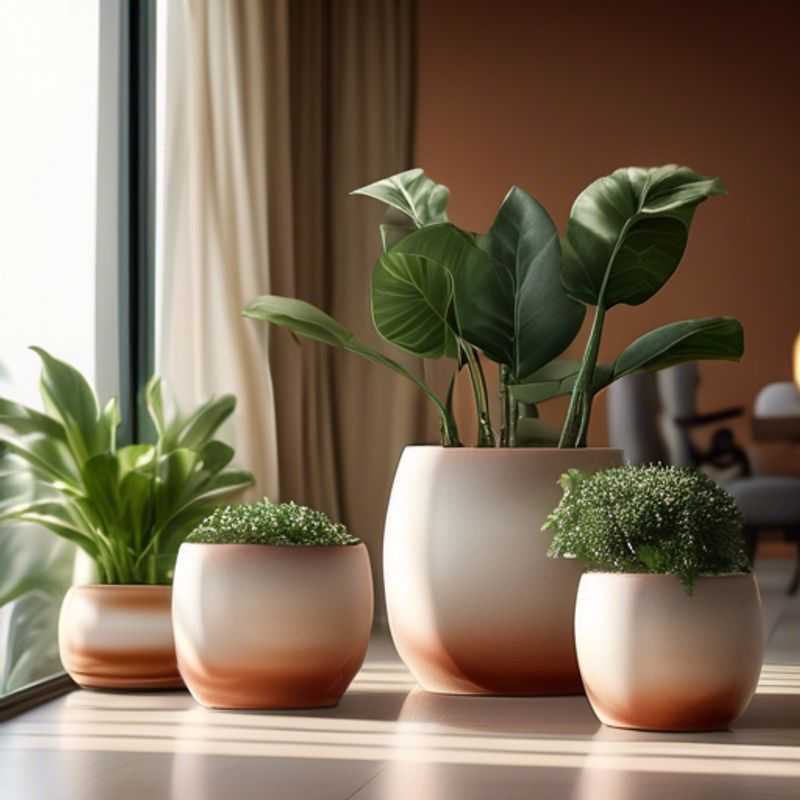
4 Crucial Considerations for Choosing the Perfect Ceramic Plant Pot
Ah, the world of ceramic plant pots! A delightful realm where form meets function, where your green companions thrive in style. But before you dive headfirst into the beautiful abyss of terracotta and glazed wonders, there are a few key points to keep in mind. Consider these four critical factors to ensure your plants are happy and your pots are the perfect fit:
1. Drainage, Drainage, Drainage!
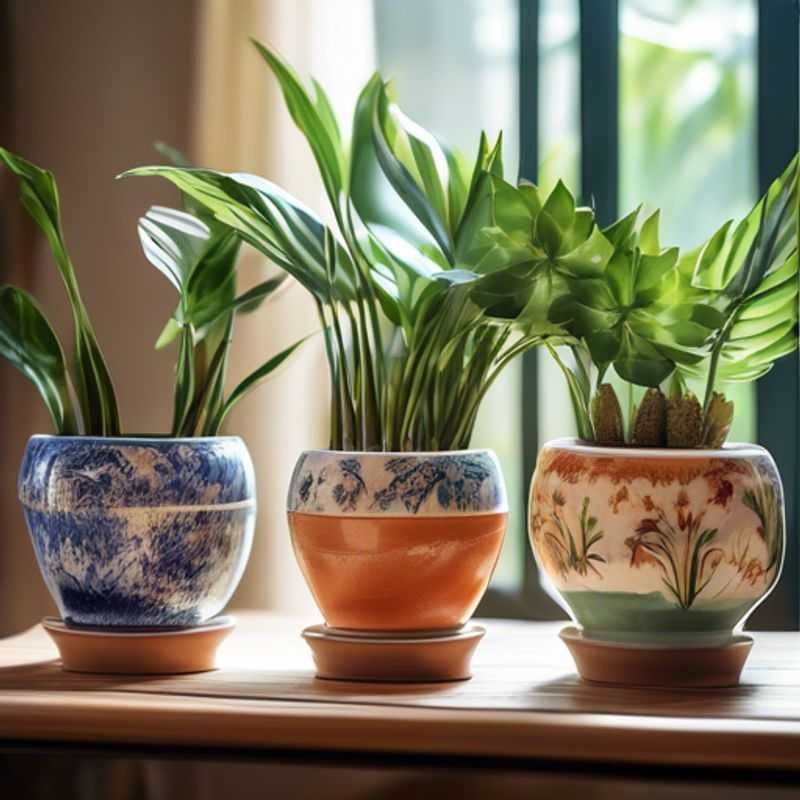
Drainage Drama: Why Pots Need Holes (and How to Make Sure They Do)
Ensuring your pots have adequate drainage holes is crucial for the health and longevity of your plants. Waterlogging, the condition where soil remains saturated for prolonged periods, can lead to root rot, a serious issue that can ultimately kill your plants.
Proper drainage holes allow excess water to escape, preventing the soil from becoming waterlogged. This is essential for healthy root development and nutrient absorption.
When choosing pots, look for those with multiple drainage holes at the base. You can also create additional drainage by drilling holes in pots that lack them. It is important to place a saucer or tray underneath the pot to collect any excess water. Regularly emptying the saucer prevents stagnant water from re-entering the pot and potentially causing root rot.
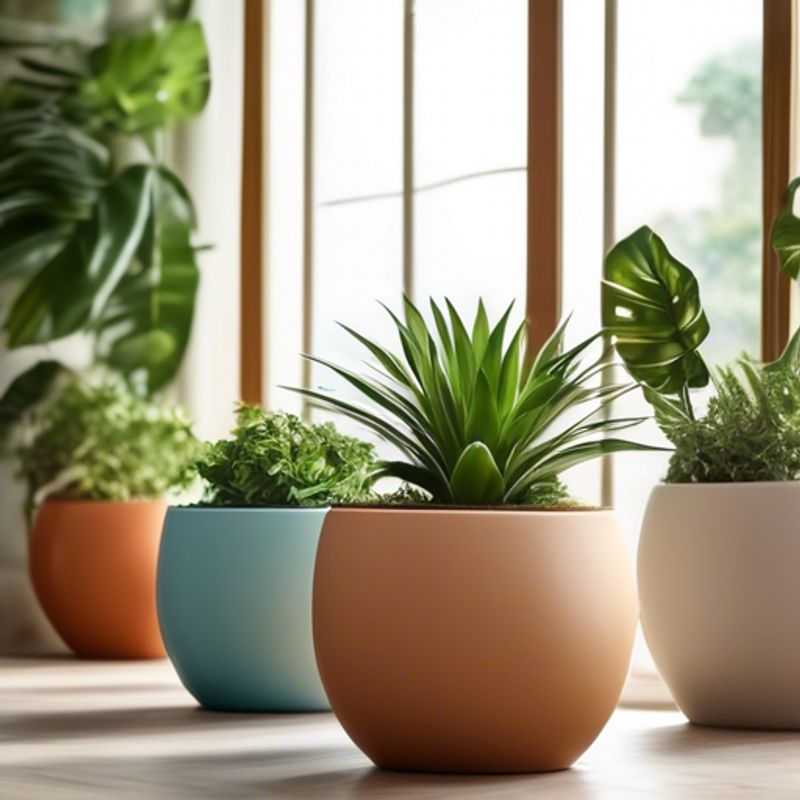
Cooking Up a Storm: The Importance of Durable Ceramic Pots
When choosing ceramic pots for your plants, opt for high-quality, durable materials. Ceramic, often referred to as terracotta, is a popular choice due to its breathability, allowing excess moisture to escape and preventing root rot. However, not all ceramic pots are created equal.
Look for pots made with a thick, even glaze. Glaze protects the ceramic from absorbing water, which can lead to cracks and breakage. Avoid pots with thin or uneven glaze, as they may be more prone to damage.
Consider the weight of the pot. While heavier pots offer better stability, they can be difficult to move around. Lightweight ceramic pots are available, but may require extra care to prevent tipping.
When purchasing, inspect the pot for any cracks or chips. These imperfections can weaken the pot and lead to leaks.
Ultimately, choosing the right ceramic pot depends on your specific needs and preferences. Consider the plant you're potting, the size and weight of the pot, and the overall aesthetic you're aiming for.
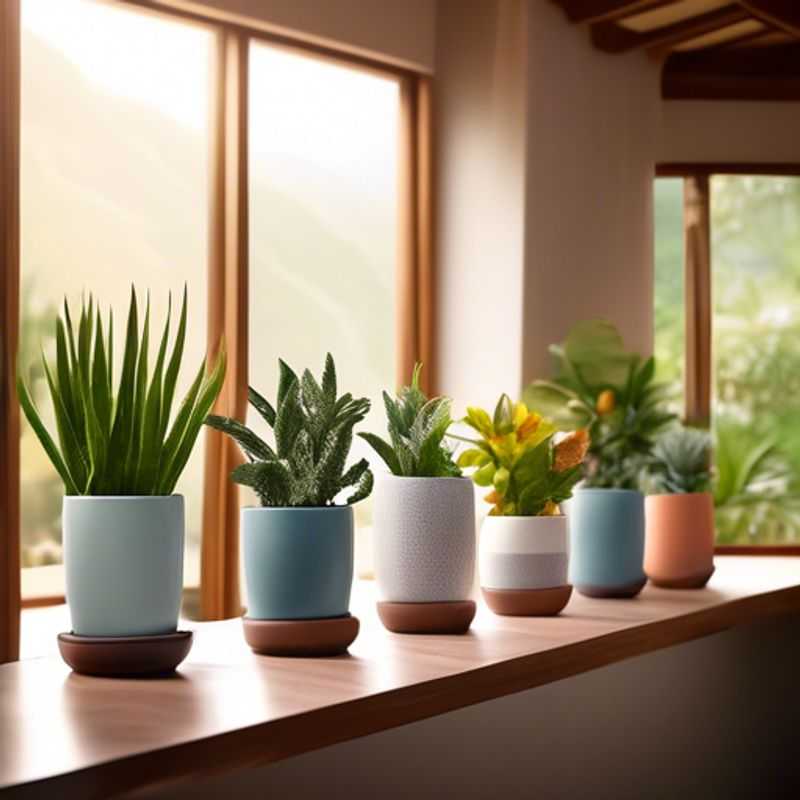
Pottery Perfection: Choosing the Right Size and Shape for Your Plants
Choosing the right pot size and shape is crucial for your plant's health and growth. Pot size directly impacts the root system development. A pot that's too small will restrict root growth, leading to stunted plants. Conversely, a pot that's too large can lead to waterlogging, which can cause root rot. The shape of the pot also influences drainage. Wide, shallow pots are ideal for plants that prefer a drier environment, while deep pots are better suited for plants with deep root systems. When choosing a pot, consider your plant's specific needs and choose a pot that provides the optimal environment for its growth.
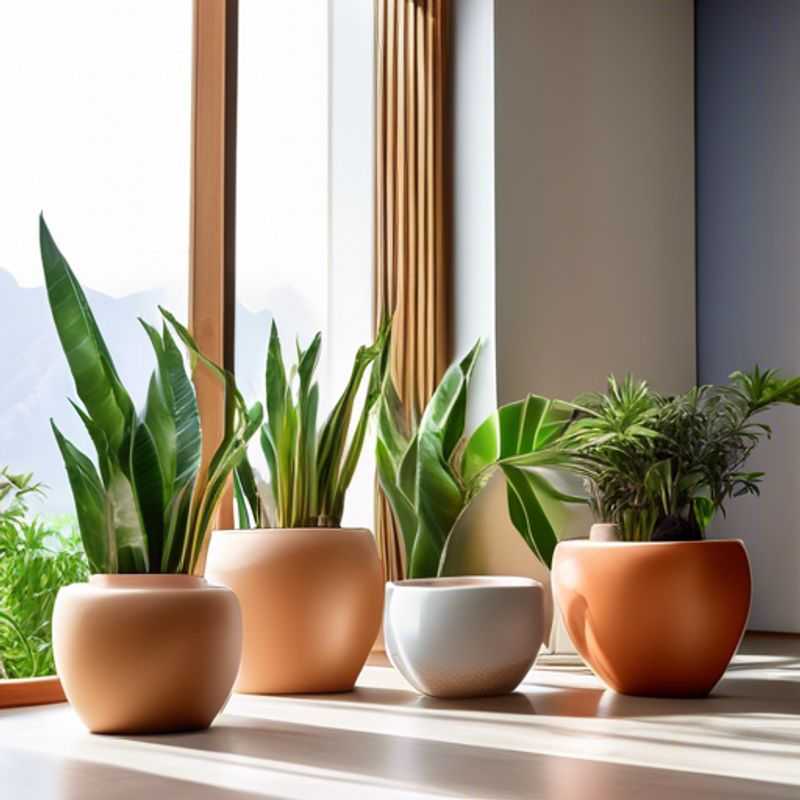
Glazing Perfection: Checking for a Smooth, Non-Porous Surface
A smooth, non-porous surface is crucial for achieving a high-quality glazing finish. It's like building a solid foundation for a house, providing the ideal base for the glaze to adhere to and create a durable, aesthetically pleasing result. This means that your surface should be free of any imperfections that could hinder adhesion, like dust, dirt, or grease.
Before applying glaze, you must carefully prepare your surface. This is a critical step that involves sanding and cleaning, ensuring that the surface is properly prepared. For example, sanding with progressively finer grit sandpaper helps to create a smooth surface that is more receptive to the glaze.
After sanding, cleaning is essential. It removes any dust, dirt, grease, or other contaminants that could prevent the glaze from properly bonding. A clean, dry surface is essential.
Once your surface is prepared, you can apply the glaze. Apply it in thin, even coats, allowing each coat to dry thoroughly before applying the next. It's important to note that different glazing products may have different drying times, so check the manufacturer's instructions for specific guidance.
Remember, a smooth, non-porous surface is the foundation for a successful glazing project. By paying attention to the details of surface preparation and application, you can ensure a durable, aesthetically pleasing finish that will stand the test of time.
